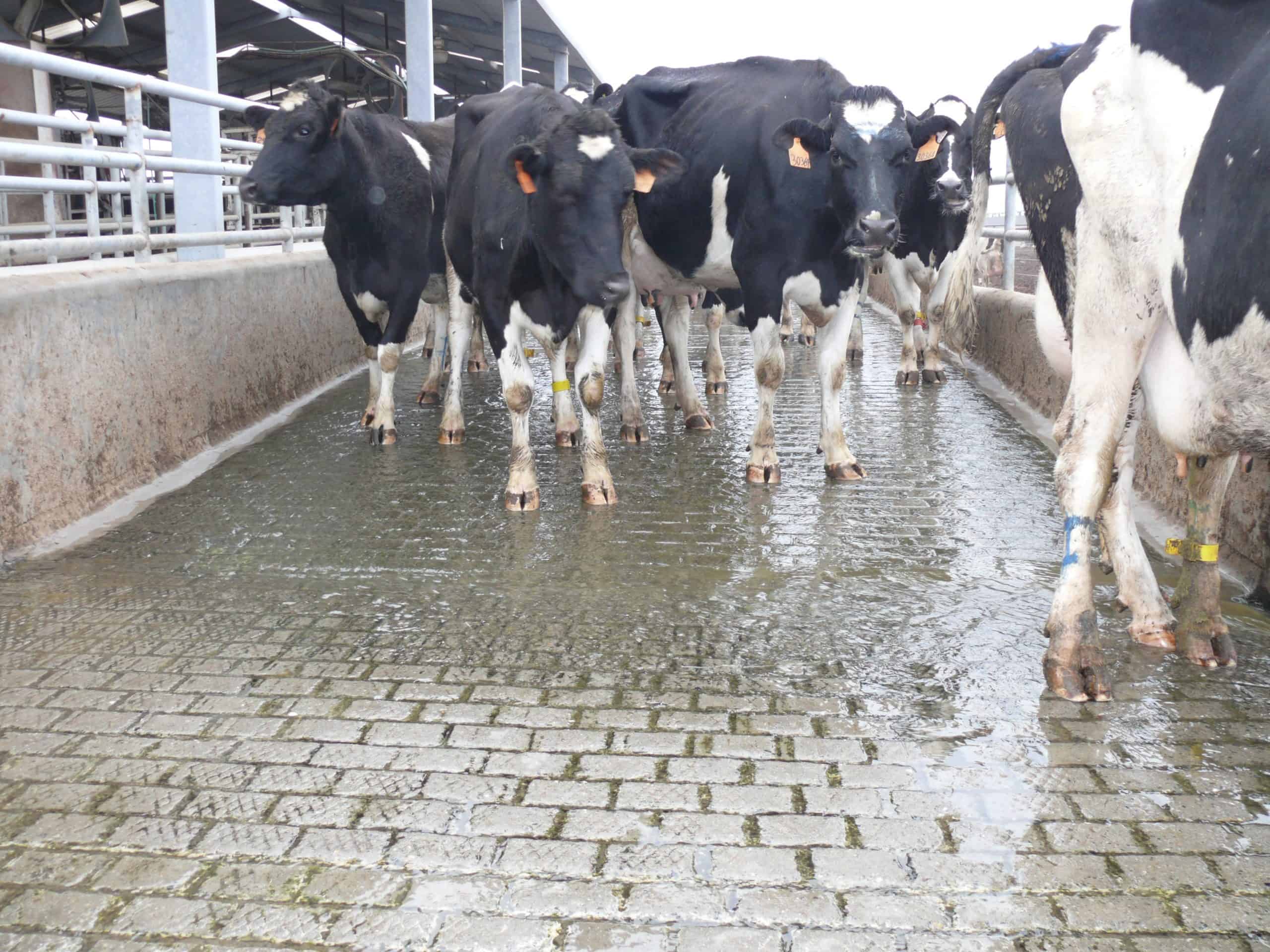
Copper sulfate is a staple on many dairy operations these days, thanks to its efficacy in treating and preventing hoof health problems. Copper sulfate is bacteriostatic, binding to and neutralizing pathogens in organic matter that can cause digital dermatitis and other problems. After 150 cow passes or so, the used solution is traditionally mixed with manure waste and disposed by land application.
Unfortunately, copper sulfate accumulates quickly in soil. Researchers from the W.H. Miner Institutehave estimated that copper is applied to farm land at a rate of 4 lbs per acre approximately 18% of the time. The rate at which copper is removed from soil is much slower – only about 0.5 lbs/acre for typical grain and forage crops. Without careful management, dairy farmers may exceed their maximum soil copper loading in as few as five years, resulting in toxicity to soil microbes and crops.
Regulators in several states are now pressuring dairy producers to reduce or eliminate the use of copper sulfate in footbaths. Strategies for reducing copper loading on land include:
Once copper sulfate reaches the toxic threshold in soil, the problem cannot be reversed. Careful management at every stage, from footbath preparation to manure disposal, can go a long way in reducing copper loading on land. See your professional hoof trimmer for more information on managing copper sulfate in your dairy operation.
Source: Epperson, Bill and Midla, Lowell. Copper Sulfate for Footbaths – Issues and Alternatives. Tri-State Dairy Nutrition Conference, April 24-25, 2007.